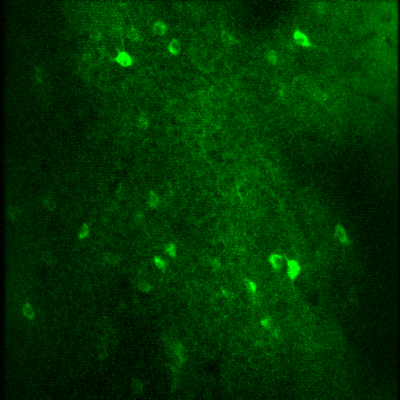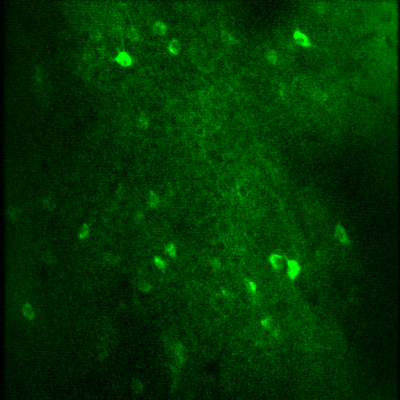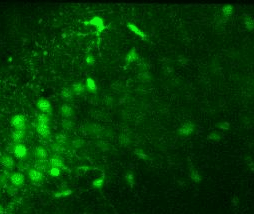top of page
TAKANO LAB
LABORATORY FOR DYNAMIC IMAGING OF NERVOUS SYSTEM AND FUNCTION
Our Team
Close Collaborators
We work closely with Joksmovic Lab
Former Lab Members
Patrick Mulcahey (2019-2021) Current - MD/PhD Student, Duke University
bottom of page









